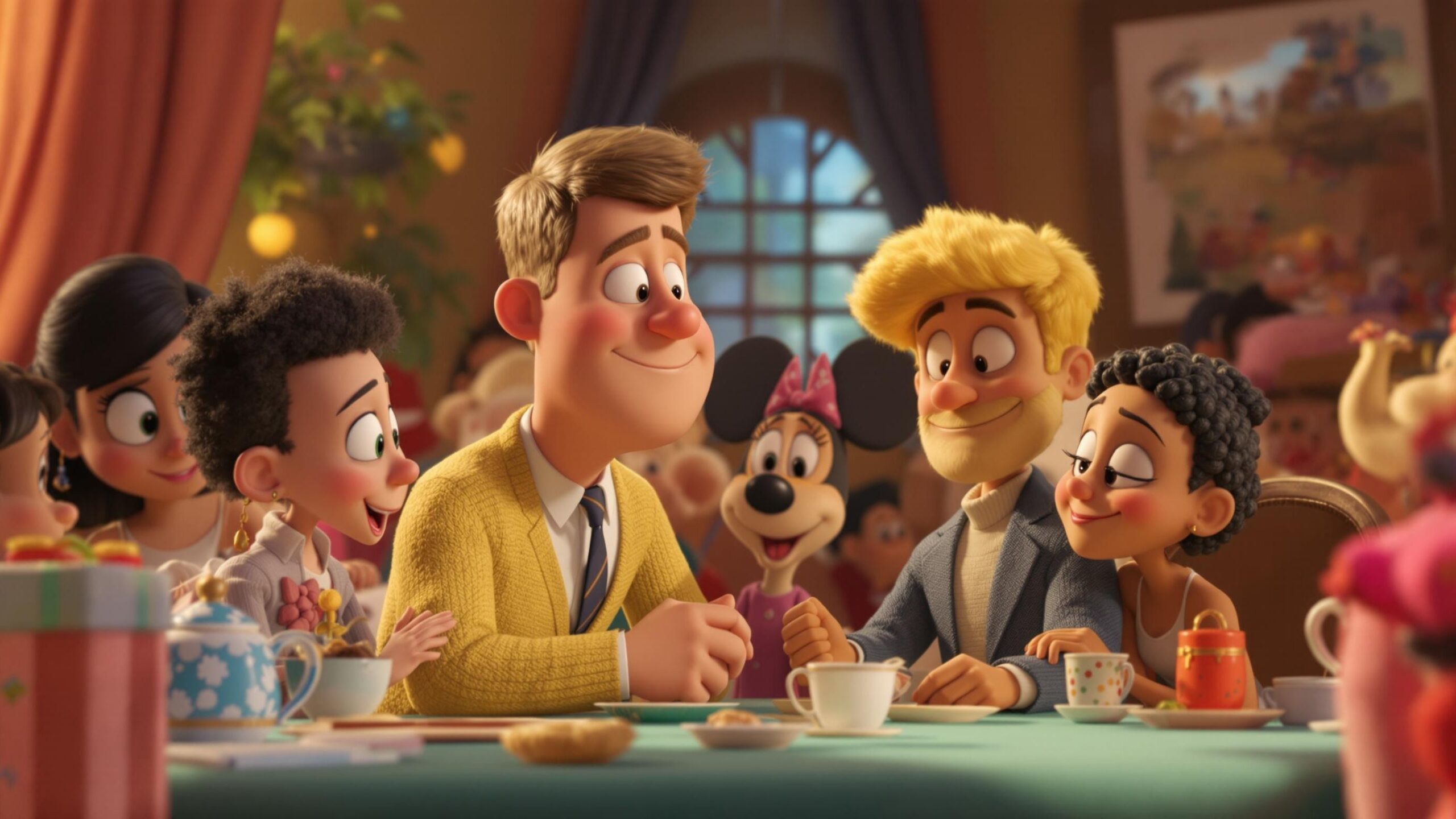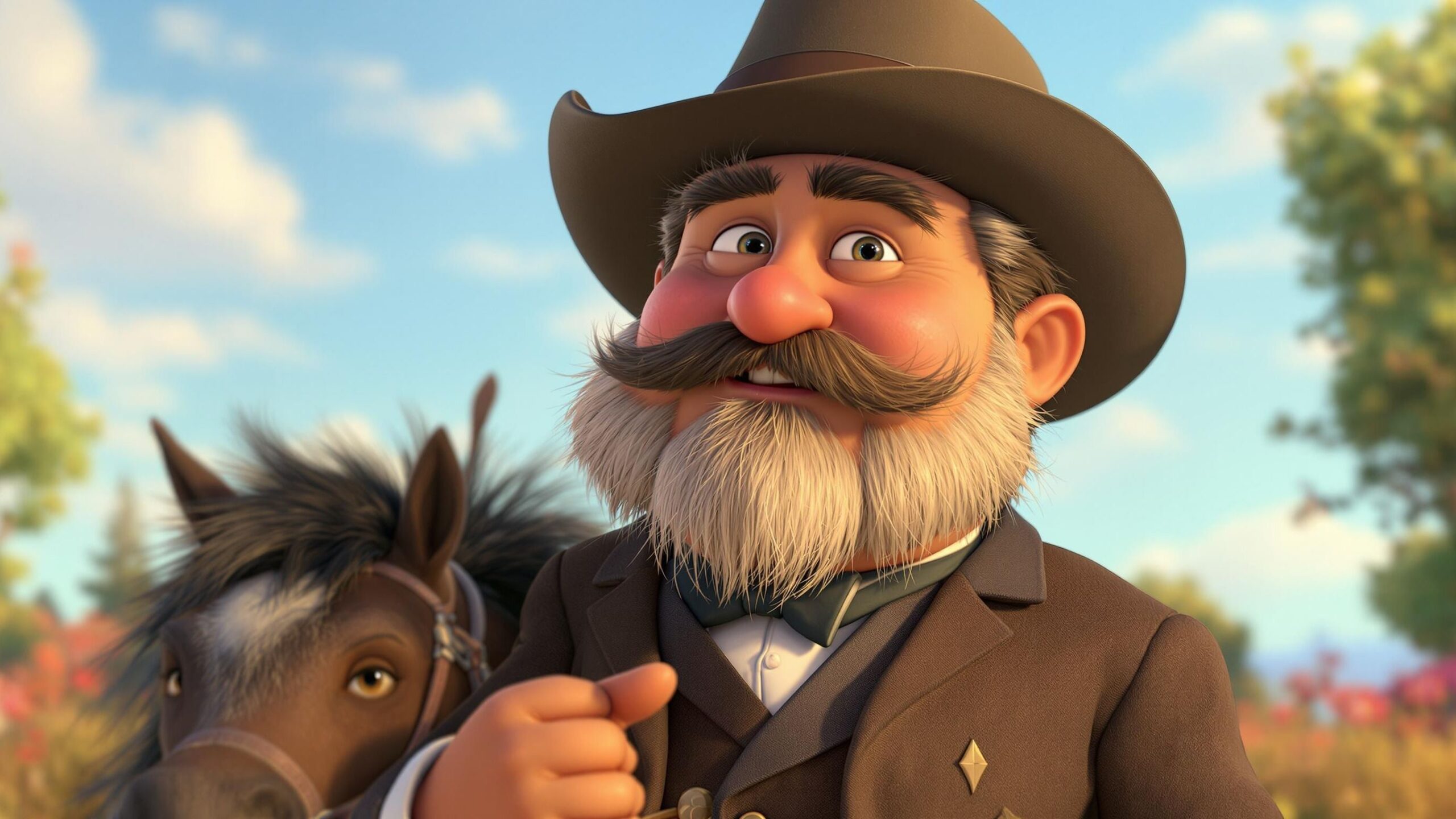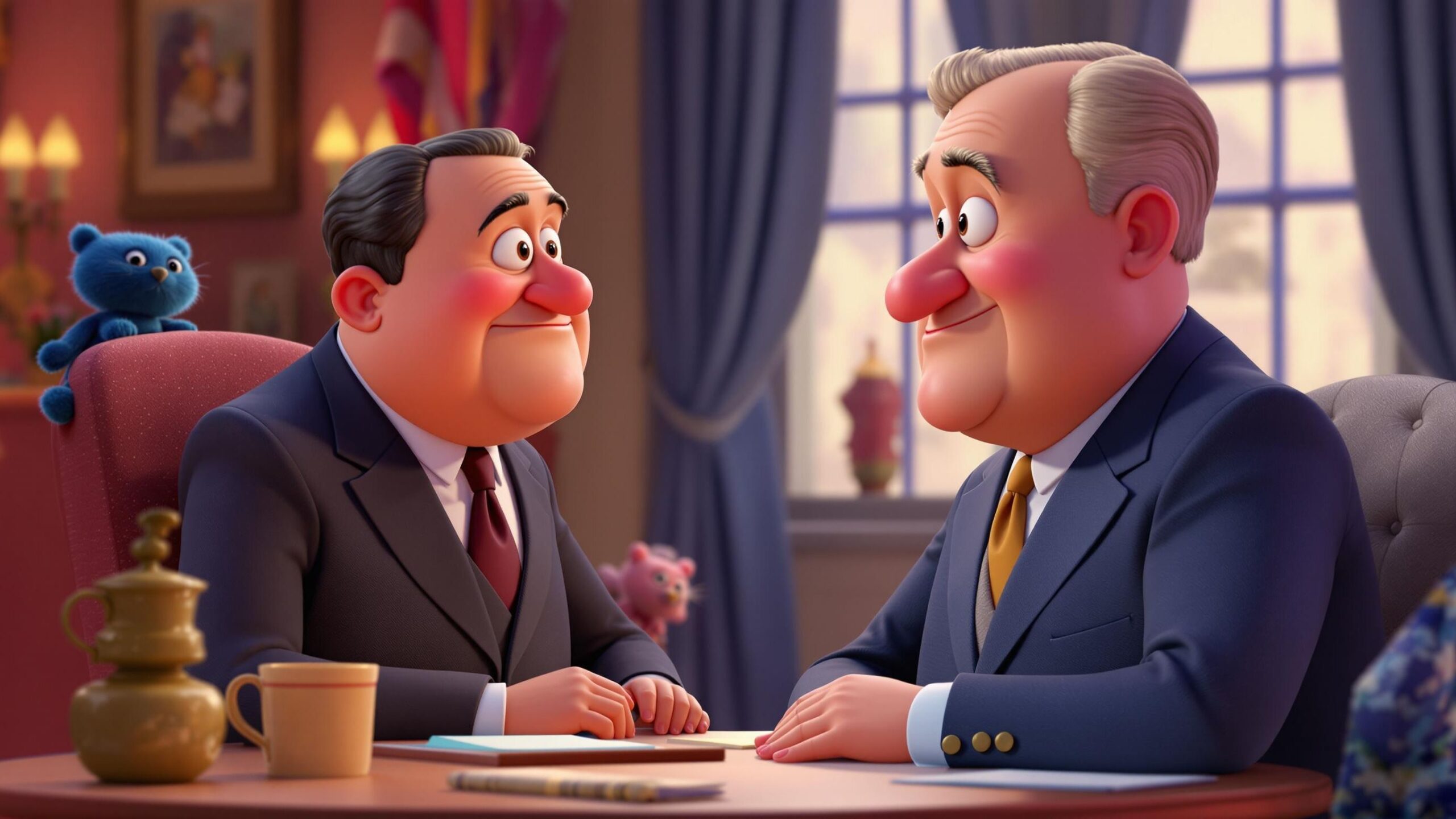From Grocer’s Daughter to Global Powerhouse
Margaret Thatcher’s journey to the pinnacle of power began in a small apartment above a grocery store in Grantham, England. Her father, a grocer and local preacher, instilled in her the values of thrift, hard work, and self-discipline—ideals that would shape her political philosophy for decades to come. No one could have predicted that this studious, determined girl would become the most controversial and commanding British Prime Minister of the 20th century, forever known as the “Iron Lady.” She wasn’t born into political royalty. She didn’t emerge from a famous family. But Margaret Thatcher had something few others possessed: fierce intelligence, unshakable conviction, and a voice that, while initially mocked, would one day carry the weight of nations. By the time she entered 10 Downing Street in 1979, she wasn’t just another leader—she was a revolution wrapped in a handbag.
Breaking Barriers and Setting Records
Margaret Thatcher shattered glass ceilings before the phrase even became popular. As the first woman to lead a major Western democracy, she wasn’t simply an anomaly—she was a force of nature. Elected Prime Minister of the United Kingdom in 1979, she held the position for over eleven years, making her the longest-serving British Prime Minister of the 20th century. But she didn’t just lead—she dominated. Her rise through the male-dominated world of British politics was nothing short of extraordinary. As Education Secretary in the early 1970s, she earned both praise and criticism for budget cuts that included eliminating free milk for schoolchildren—earning her the nickname “Thatcher the Milk Snatcher.” It was a taste of her tough-love approach, and it marked her as someone who would do what she believed was right, even if it made her unpopular. And once she had power, she wielded it with precision, resolve, and a unique mix of elegance and ferocity. She was never afraid of being the only woman in the room. In fact, she relished it.
The Birth of the “Iron Lady”
The nickname that would come to define her was actually bestowed by the Soviets. In 1976, a Soviet military publication referred to Thatcher as the “Iron Lady” after a hard-hitting speech where she criticized the expansionist policies of the USSR. Instead of rejecting the label, Thatcher embraced it—transforming it into a brand, a badge of honor, and a symbol of her no-nonsense, unbending persona. To her supporters, the “Iron Lady” embodied strength, clarity, and moral certainty. To her critics, it was shorthand for cold-heartedness and rigidity. But regardless of opinion, the title stuck because it fit. Thatcher was iron-willed, iron-tongued, and utterly impervious to political pressure. She didn’t just survive storms—she walked into them willingly.
Economic Shock Therapy: Thatcherism in Action
Thatcher didn’t come into office to be liked. She came to change things. And change things she did—radically, rapidly, and relentlessly. Britain in the late 1970s was in economic shambles. High inflation, massive strikes, and stagnant growth plagued the nation. Thatcher’s prescription? A dramatic break from post-war consensus politics. She reduced the power of trade unions, privatized state-owned industries, slashed taxes, and deregulated the financial sector. Her policies, dubbed “Thatcherism,” were bold, brash, and deeply polarizing. She wasn’t afraid to take the heat. When unemployment soared and protests erupted, she famously declared: “You turn if you want to. The lady’s not for turning.” It was a signature Thatcher moment—defiant, decisive, and undeniably iconic. Thatcher’s economic legacy is complex, but undeniably transformative. She reshaped the British economy from the ground up and turned London into a global financial powerhouse. She curbed inflation and reignited business confidence. And whether loved or loathed, she proved that conviction politics could still move mountains.
The Falklands War: A Prime Minister at War
In 1982, when Argentina invaded the British-controlled Falkland Islands, many expected the U.K. to negotiate or concede. Thatcher had other ideas. She dispatched a naval task force over 8,000 miles to reclaim the territory—an audacious move that stunned the world. Over ten weeks of conflict, British forces battled harsh seas and enemy fire, ultimately forcing Argentina’s surrender. The Falklands War was a turning point in Thatcher’s career. It showcased her resolve, boosted her popularity, and reasserted Britain’s place on the world stage. She didn’t just win a war—she redefined what leadership looked like under pressure. With every speech and strategic move, Thatcher showed that she wouldn’t retreat, wouldn’t negotiate with aggressors, and wouldn’t back down. It was this same steel that made allies admire her—and opponents fear her.
The Cold Warrior Queen
Thatcher’s influence wasn’t confined to British soil. On the international stage, she became a key player in the final chapters of the Cold War. Her alliance with U.S. President Ronald Reagan was legendary—part ideological kinship, part personal chemistry. Together, they championed free-market capitalism, military strength, and an aggressive stance against Soviet communism. But Thatcher wasn’t just Reagan’s echo. She forged her own path, famously building a rapport with Soviet leader Mikhail Gorbachev. “We can do business together,” she said after their first meeting—a simple phrase that carried massive diplomatic weight. Her ability to speak firmly while opening doors earned her respect on both sides of the Iron Curtain. She was a conservative hawk who wasn’t afraid to negotiate, and a global strategist who helped push history toward a new era.
Clashes at Home: Riots, Resistance, and Resolve
Back in the U.K., Thatcher faced fire from every direction. The 1984-85 miners’ strike—one of the longest and most violent in British history—was a bitter showdown between the government and the National Union of Mineworkers. Thatcher stood her ground, refusing to yield to union demands, and ultimately broke the strike. She was loathed by many in working-class communities, yet praised by those who saw her as rescuing the country from economic decay. She dismantled much of the post-war welfare state and faced riots in major cities as a result. But through it all, she never lost her nerve. If her critics expected her to crumble under pressure, they didn’t understand Margaret Thatcher. She didn’t just endure resistance—she used it as fuel.
The Poll Tax and the Fall
Even iron can bend. By the late 1980s, Thatcher’s unyielding style began to wear thin within her own party. Her introduction of the Community Charge—more infamously known as the “Poll Tax”—sparked widespread protests and public fury. It was seen as regressive and out of touch. Meanwhile, her increasingly autocratic leadership alienated key members of her Cabinet. The final blow came when Michael Heseltine challenged her leadership. Though she won the first round of voting, it wasn’t by a large enough margin. The writing was on the wall. In November 1990, tears in her eyes, Margaret Thatcher resigned as Prime Minister. It was a dramatic end to a dramatic reign—but even in her exit, she carried herself with pride and dignity. She had left a permanent mark on British politics, and she knew it.
Life After Downing Street
Thatcher didn’t fade into obscurity. She wrote memoirs, gave speeches, and remained a political force from the sidelines. Her legacy became a touchstone for conservatives worldwide—her name invoked to rally support or warn of unbending governance. Even those who disagreed with her acknowledged her stature. She wasn’t just Britain’s first female Prime Minister—she was a titan in global politics. And whether they admired her courage or feared her policies, the world couldn’t stop watching what Margaret Thatcher would do next.
Why the Iron Lady Still Matters
Margaret Thatcher remains one of the most polarizing figures in modern political history. But love her or loathe her, no one denies her impact. She changed the way politicians think about government’s role in the economy. She changed the way women saw their place in leadership. She redefined what it meant to lead not by consensus, but by conviction. And she showed that even in a world of compromise and caution, there’s still room for boldness, decisiveness, and yes—iron. Her legacy is etched not just in the buildings she privatized or the unions she challenged, but in the idea that leadership requires guts. She didn’t try to be popular—she tried to be right. And that, in itself, was revolutionary.
The Woman Who Wouldn’t Turn
Margaret Thatcher didn’t tiptoe into history—she kicked down the door and made herself at home. She came from modest beginnings, faced a mountain of resistance, and still climbed to the very top. She ruled with principle, acted with purpose, and never once flinched under fire. Her nickname wasn’t just catchy—it was prophetic. She was the Iron Lady. Strong, sharp, unyielding. And while the iron may have rusted in the eyes of some, for millions, it still gleams. In the end, what made Margaret Thatcher the Iron Lady wasn’t just policy or power—it was personality. It was her refusal to bend, her belief in her mission, and her ability to walk alone if needed. She was a leader who stood firm in the storm and dared the world to move around her. And that’s what made her unforgettable.




